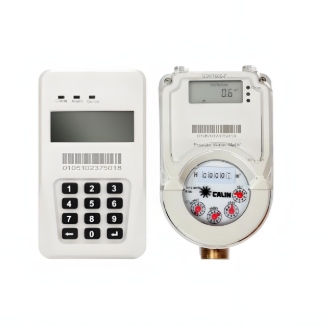- Product
- Suppliers
- Manufacturers
- Solutions
- Free tools
- Knowledges
- Experts
- Communities
Search
-
Անվճար գործիքներ
-
IEE Business-ը անվճար է տրամադրում AI-ի կողմից շահագործվող գործիքները էլեկտրական ճարտարագիտական դիզայնի և էլեկտրաէներգիայի ձեռքբերման բյուջեային հաշվարկների համար՝ մուտքագրեք ձեր պարամետրերը, սեղմեք հաշվարկել և ստացեք անմիջական արդյունքներ տրանսֆորմատորների, մալուխների, մոտորների, էլեկտրական սարքավորումների արժեքների և այլնի համար՝ հավատարմագրված աշխարհի ճարտարագետների կողմից։
-
-
Աջակցություն
-
IEE-Business-ը աջակցում է առաջնորդյալ լուծումներին բիզնեսներին և մասնագետներին ստեղծելով համակարգ որտեղ նորարարությունը հանդիպում է արժեքինԽուսափող տեխնիկական գիտելիքներՄիացեք և բաժանվեք տեխնիկական գիտելիքներով՝ սպոնսորներից եկում ստանալու համար:Առաջատար բիզնես լուծումներՄիացեք և ստեղծեք բիզնես լուծումներ շնորհակալության գումարներ ստանալու համարՀամարզող անհատական մասնագետներՑուցադրեք ձեր տաղանդը հովանավորներին և ապագայի համար աշխատեք։
-
-
Ներբեռնել
Բարձրոցնել
-
-
IEE Business առรกմունքը ստանալIEE-Business կայքով սարքավորումներ գտնելու համար առաջարկություններ ստանալ մասնագետների հետ կապ հաստատել և մասնակցել ընդունքային համագործակցությանը ինչպես նաև լրիվ աջակցել ձեր էլեկտրաէներգետիկ ծրագրերի և բիզնեսի զարգացմանը
-
-
-
-
Համագործակցություն
Գործընկեր
-
-
IEE Business ընկերոջ ծրագիրը միացնելԲիզնեսի աճի բարձրացումը կայանալուց տեխնիկական գործիքներից մինչև գլոբալ բիզնեսի ընդլայնումը
-
-
-
հայերեն
-
- English
- Afrikaans
- العربية
- Azərbaycan dili
- български
- বাংলা
- Català
- Cebuano
- čeština
- Dansk
- Deutsch
- Ελληνικά
- Esperanto
- Español
- Eesti keel
- Euskara
- دری
- فارسی
- suomi
- Filipino
- français
- Gaeilge
- Galego
- Hausa
- עברית
- हिन्दी
- Hrvatski
- magyar nyelv
- հայերեն
- Bahasa Indonesia
- Íslenska
- Italiano
- 日本語
- ქართული
- Қазақ тілі
- ಕನ್ನಡ
- 한국어
- Kurdî
- Latina
- Latviešu valoda
- македонски јазик
- Bahasa Melayu
- Malti
- नेपाली
- Nederlands
- Norsk
- ਪੰਜਾਬੀ
- polski
- پښتو
- Português
- Русский язык
- සිංහල语
- Slovenščina
- српски језик
- Svenska
- Kiswahili
- தமிழ்
- తెలుగు
- ไทย
- Tagalog
- Türkçe
- українська мова
- اردو
- Oʻzbek tili
- Tiếng Việt
-
Խուսափող տեխնիկական գիտելիքներ
-
հայերեն
-
- English
- Afrikaans
- العربية
- Azərbaycan dili
- български
- বাংলা
- Català
- Cebuano
- čeština
- Dansk
- Deutsch
- Ελληνικά
- Esperanto
- Español
- Eesti keel
- Euskara
- دری
- فارسی
- suomi
- Filipino
- français
- Gaeilge
- Galego
- Hausa
- עברית
- हिन्दी
- Hrvatski
- magyar nyelv
- հայերեն
- Bahasa Indonesia
- Íslenska
- Italiano
- 日本語
- ქართული
- Қазақ тілі
- ಕನ್ನಡ
- 한국어
- Kurdî
- Latina
- Latviešu valoda
- македонски јазик
- Bahasa Melayu
- Malti
- नेपाली
- Nederlands
- Norsk
- ਪੰਜਾਬੀ
- polski
- پښتو
- Português
- Русский язык
- සිංහල语
- Slovenščina
- српски језик
- Svenska
- Kiswahili
- தமிழ்
- తెలుగు
- ไทย
- Tagalog
- Türkçe
- українська мова
- اردو
- Oʻzbek tili
- Tiếng Việt
-
Խուսափող տեխնիկական գիտելիքներ






















